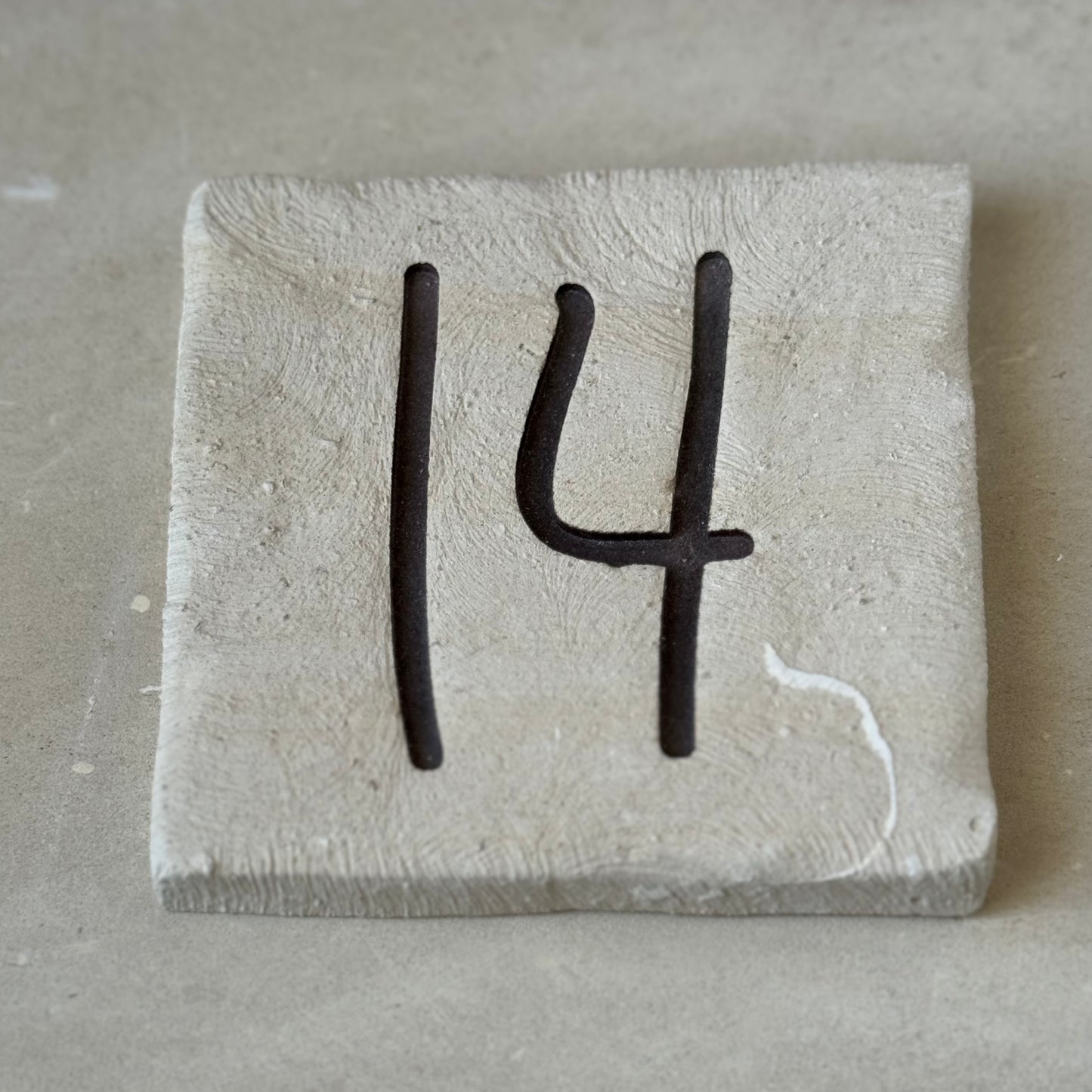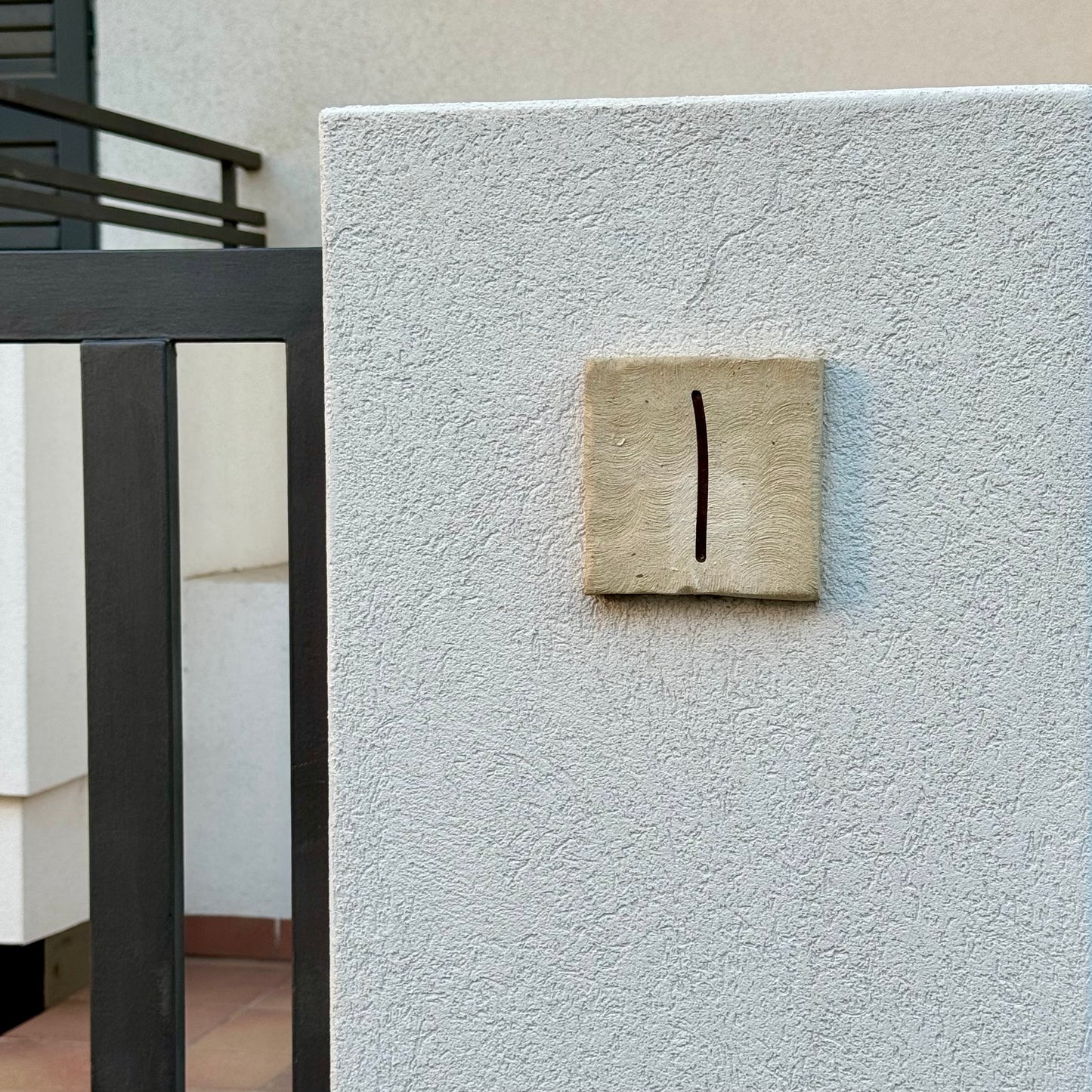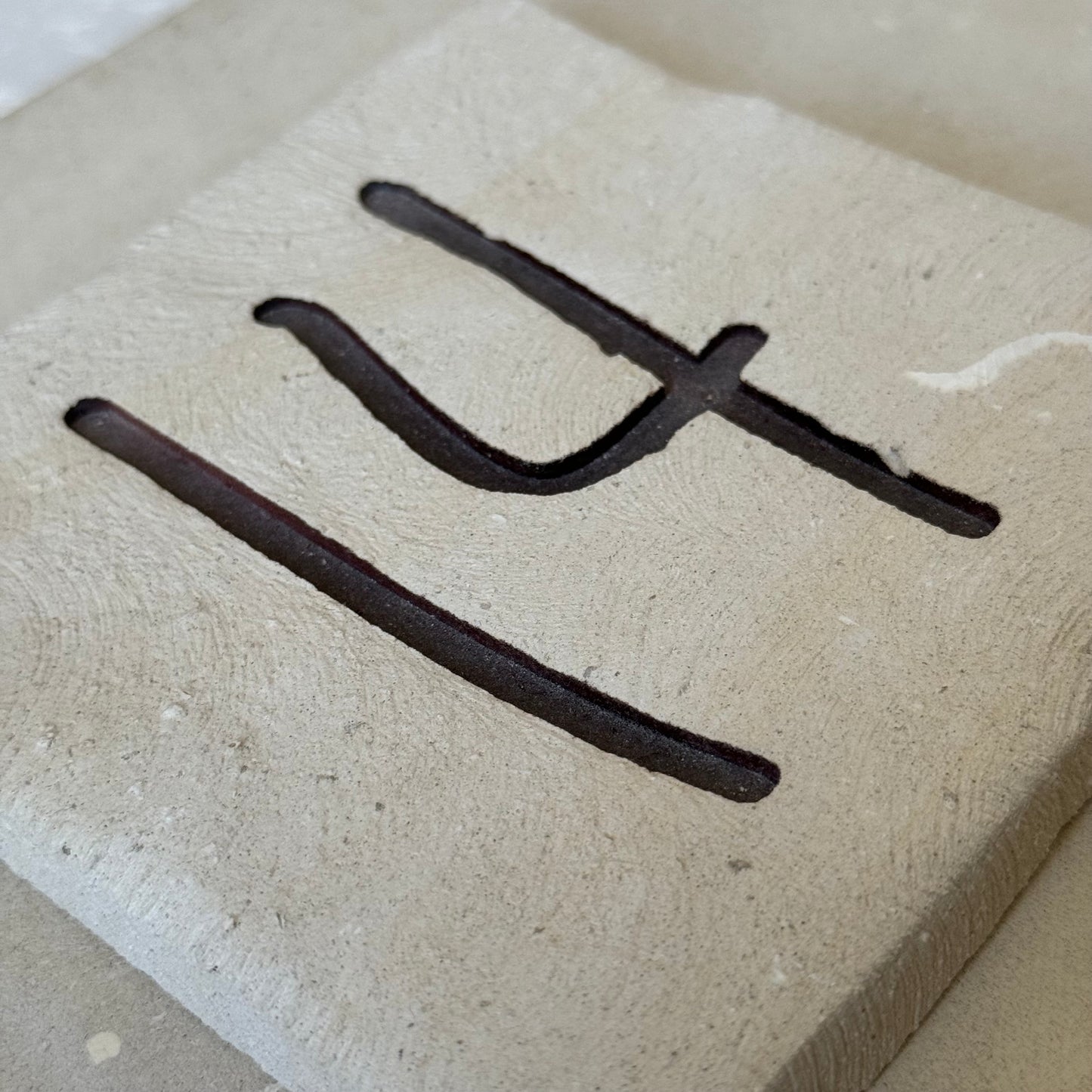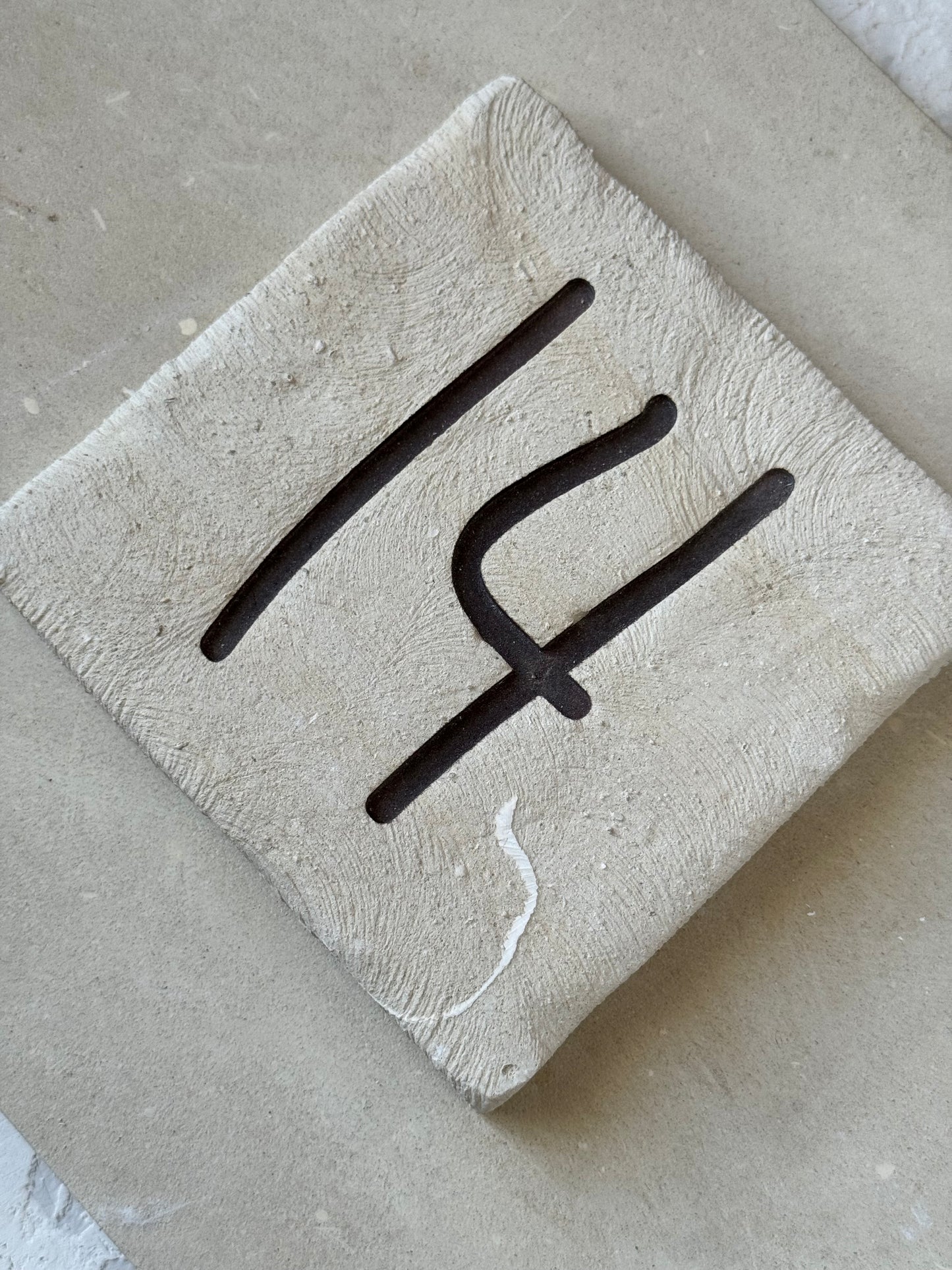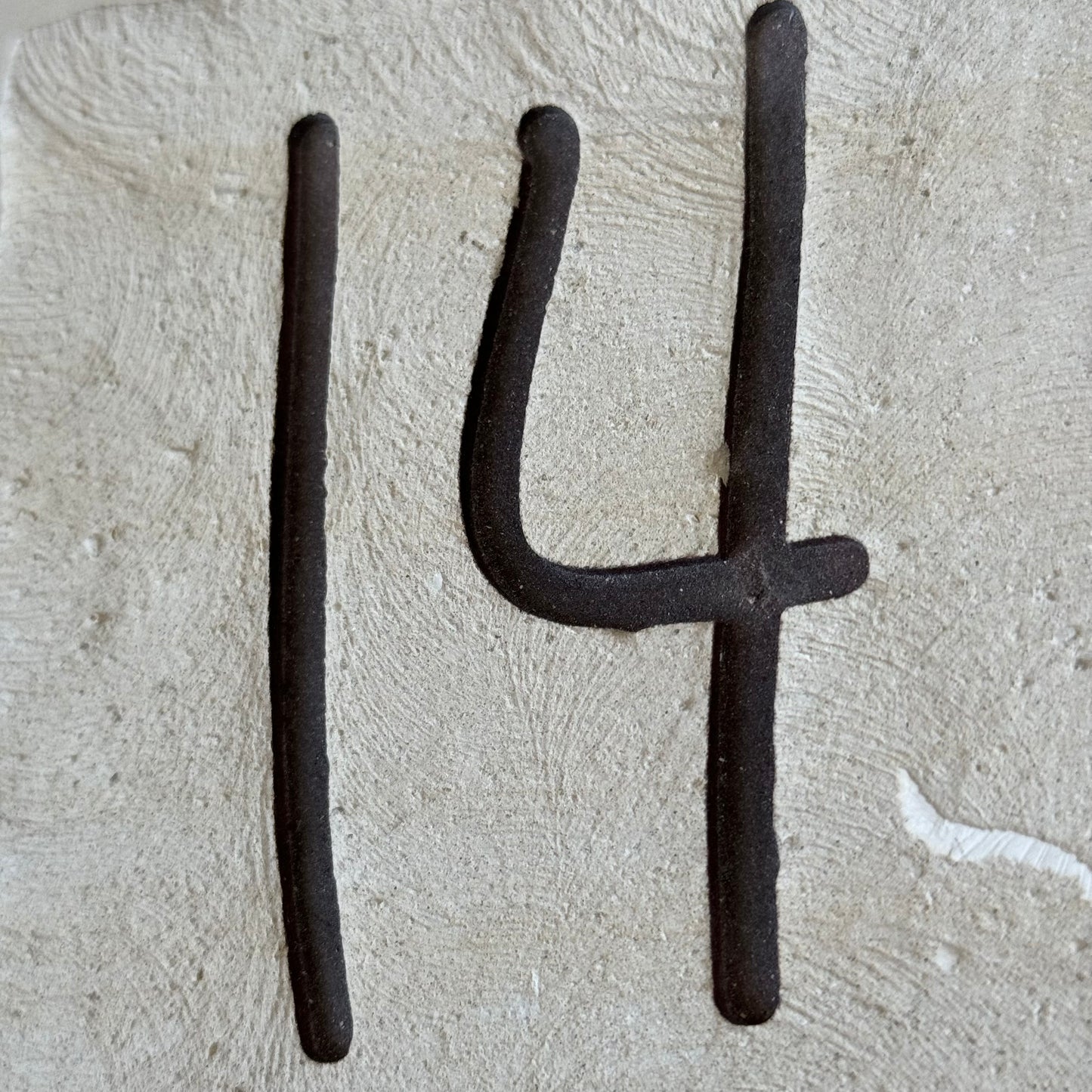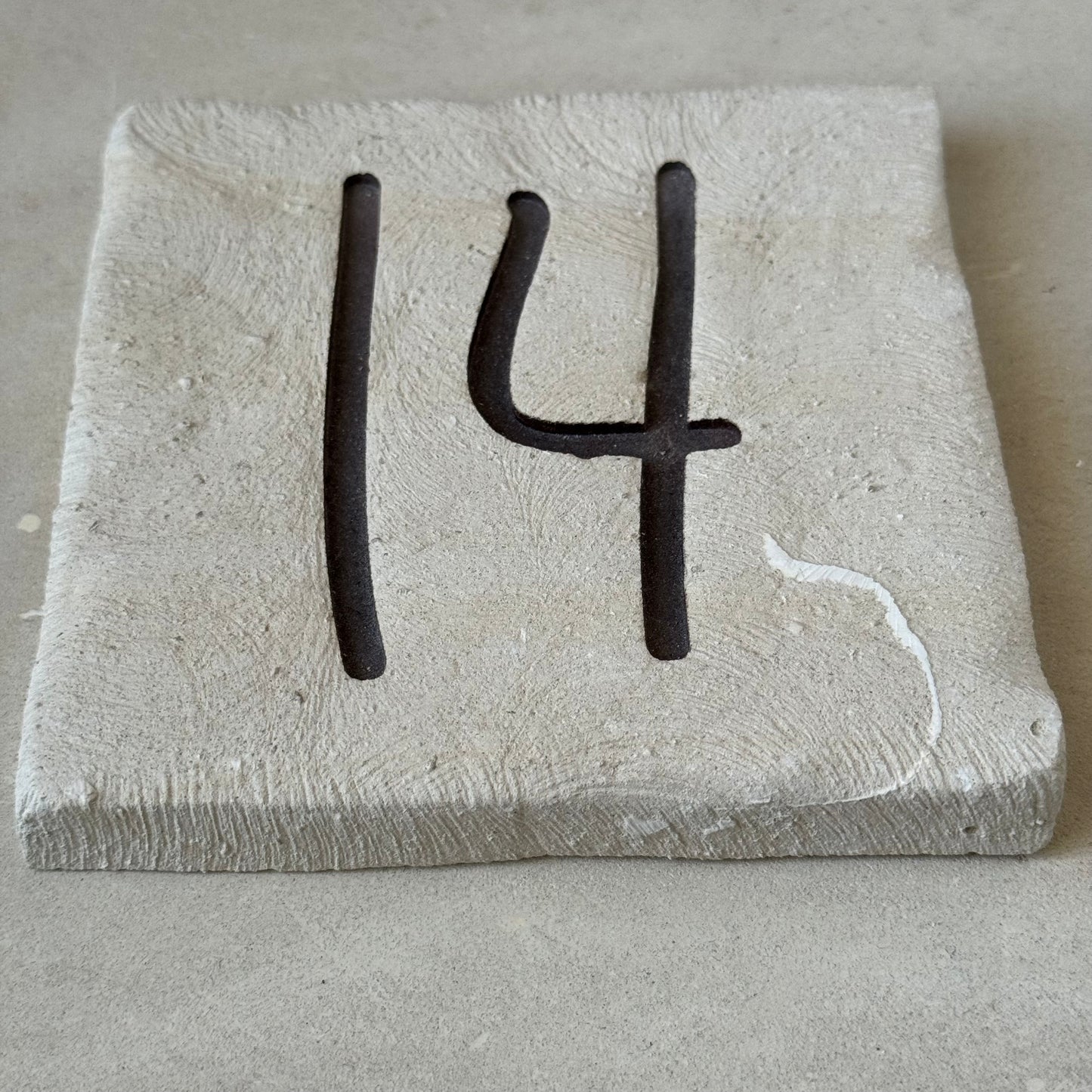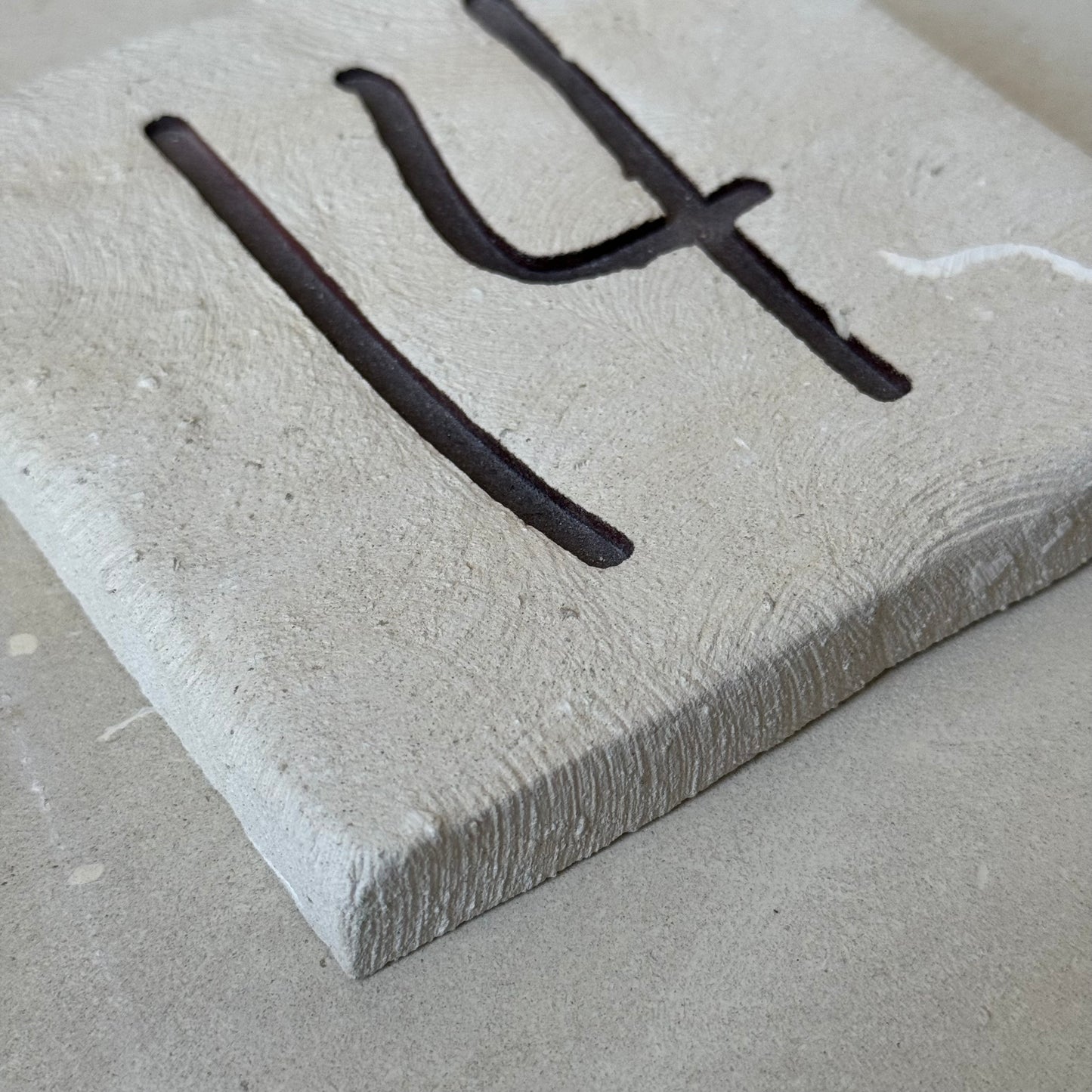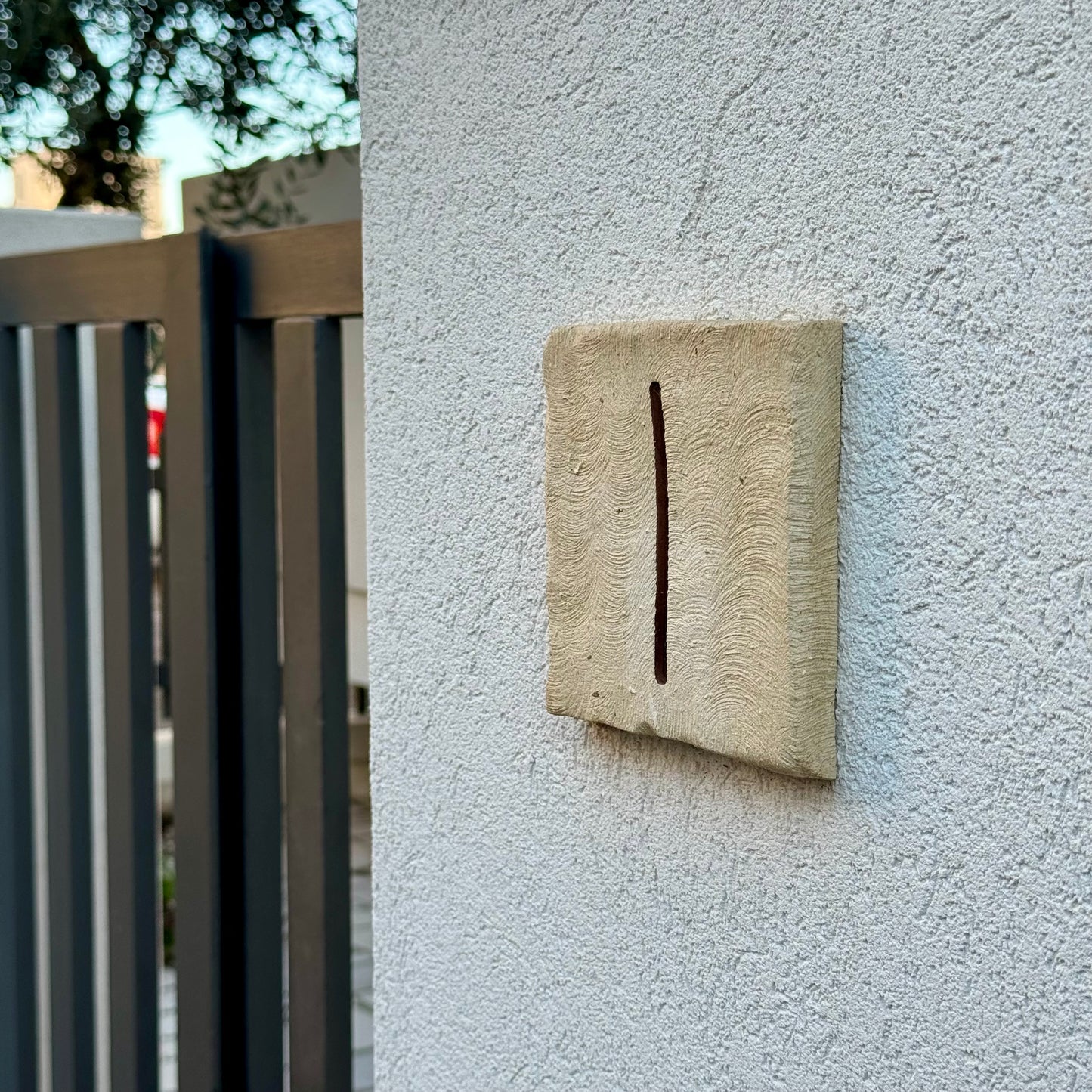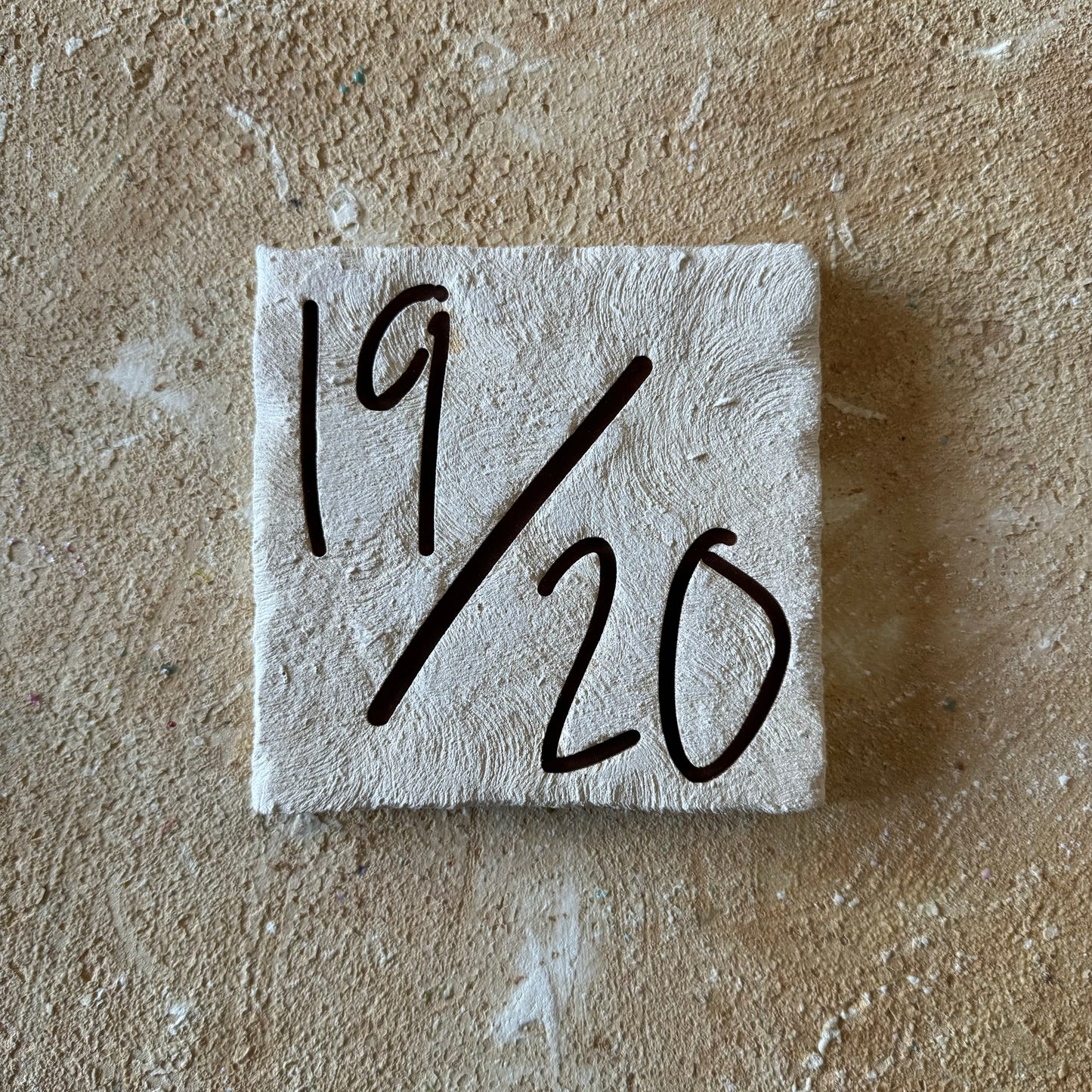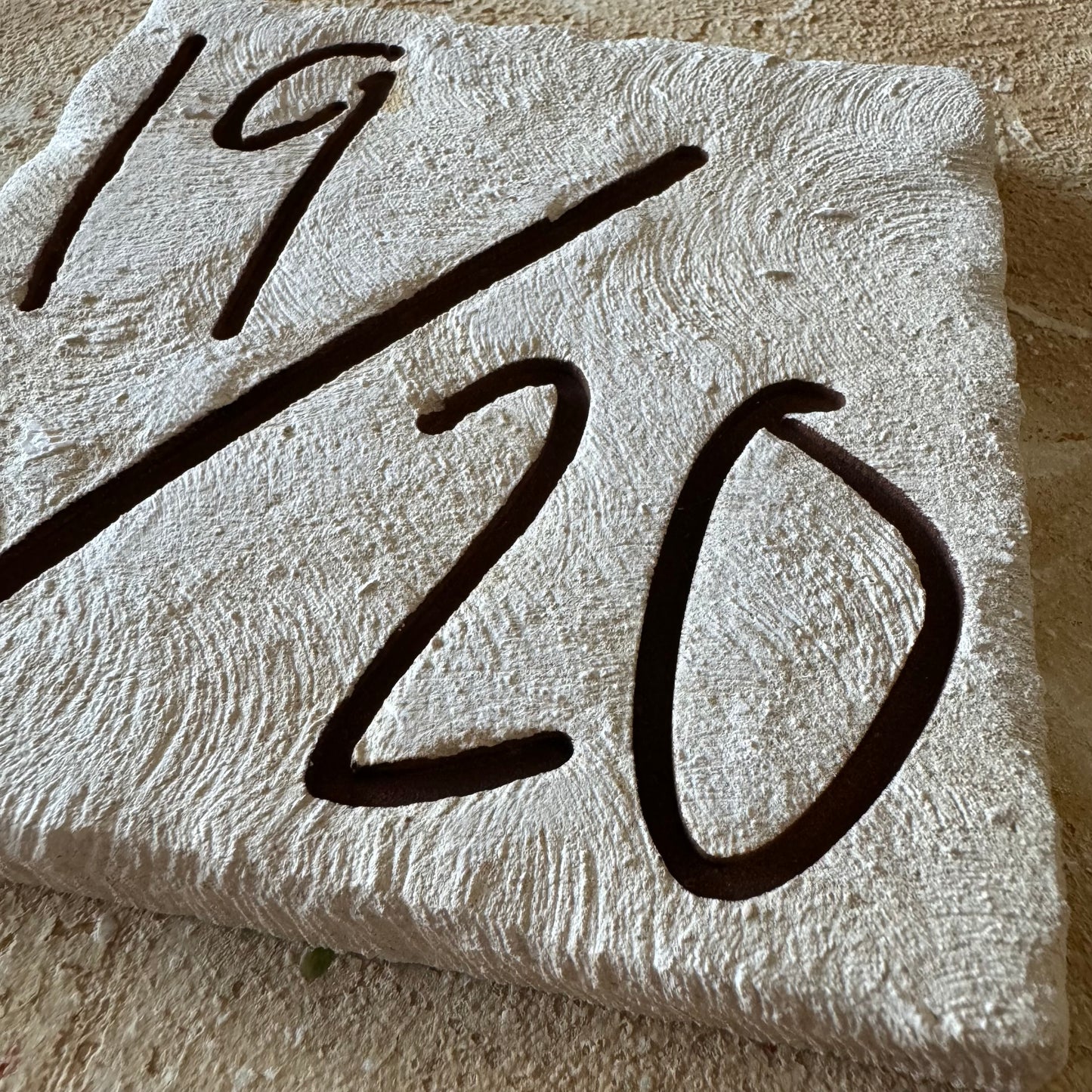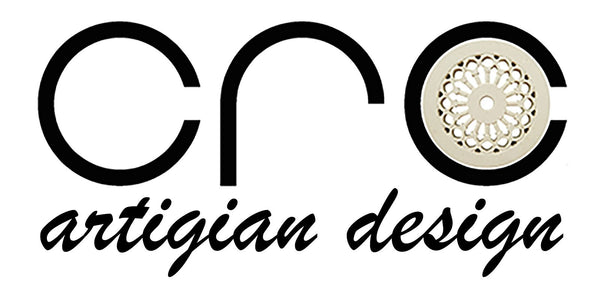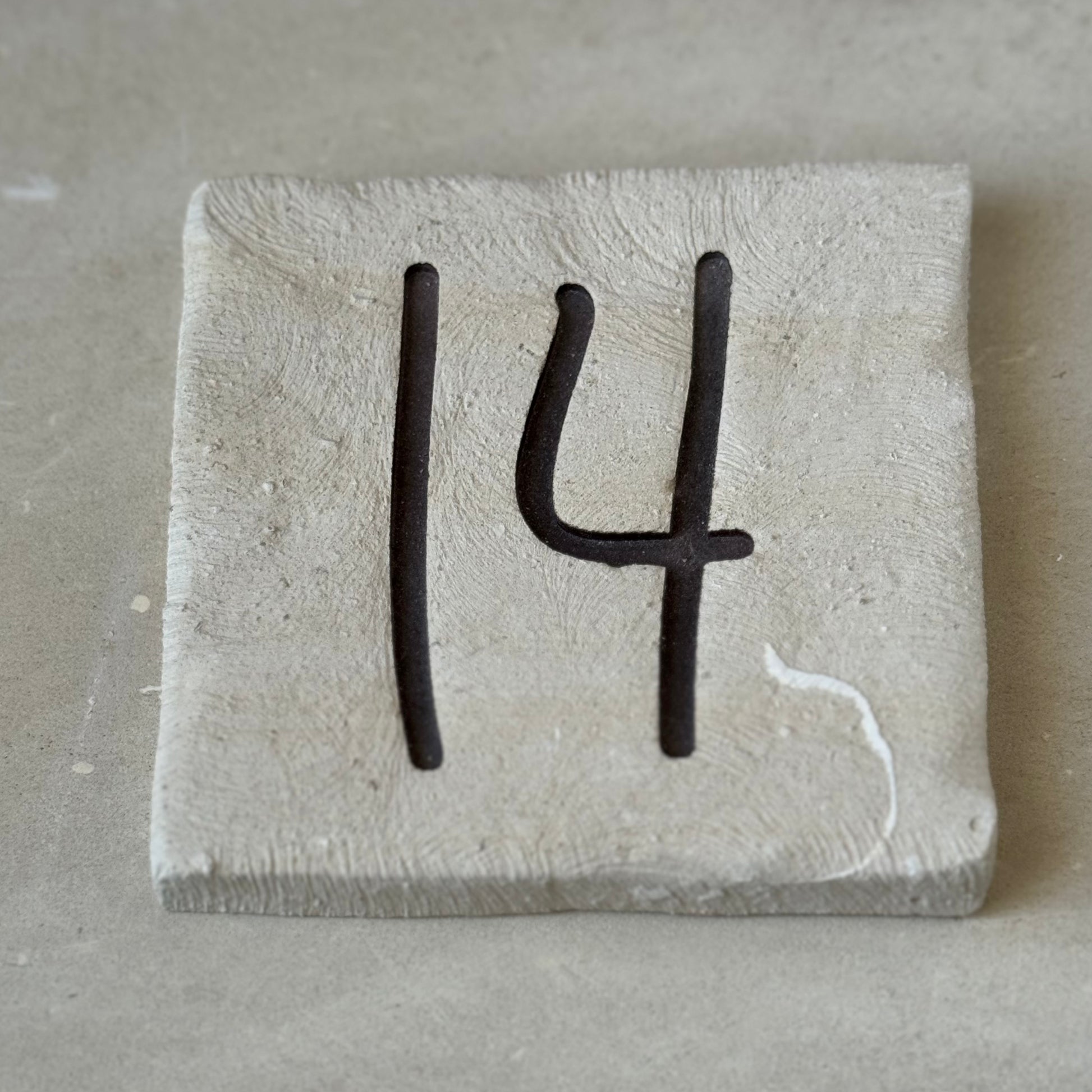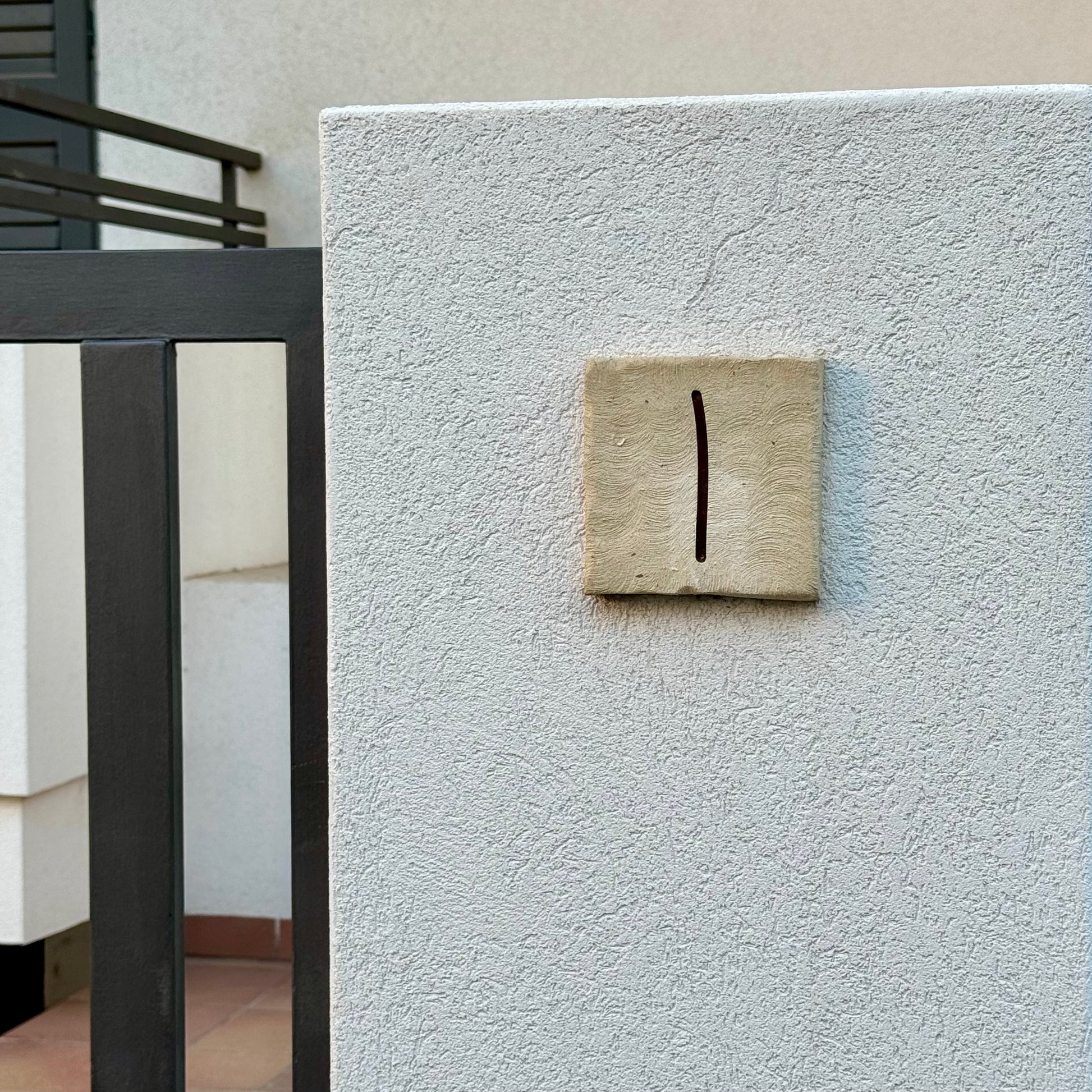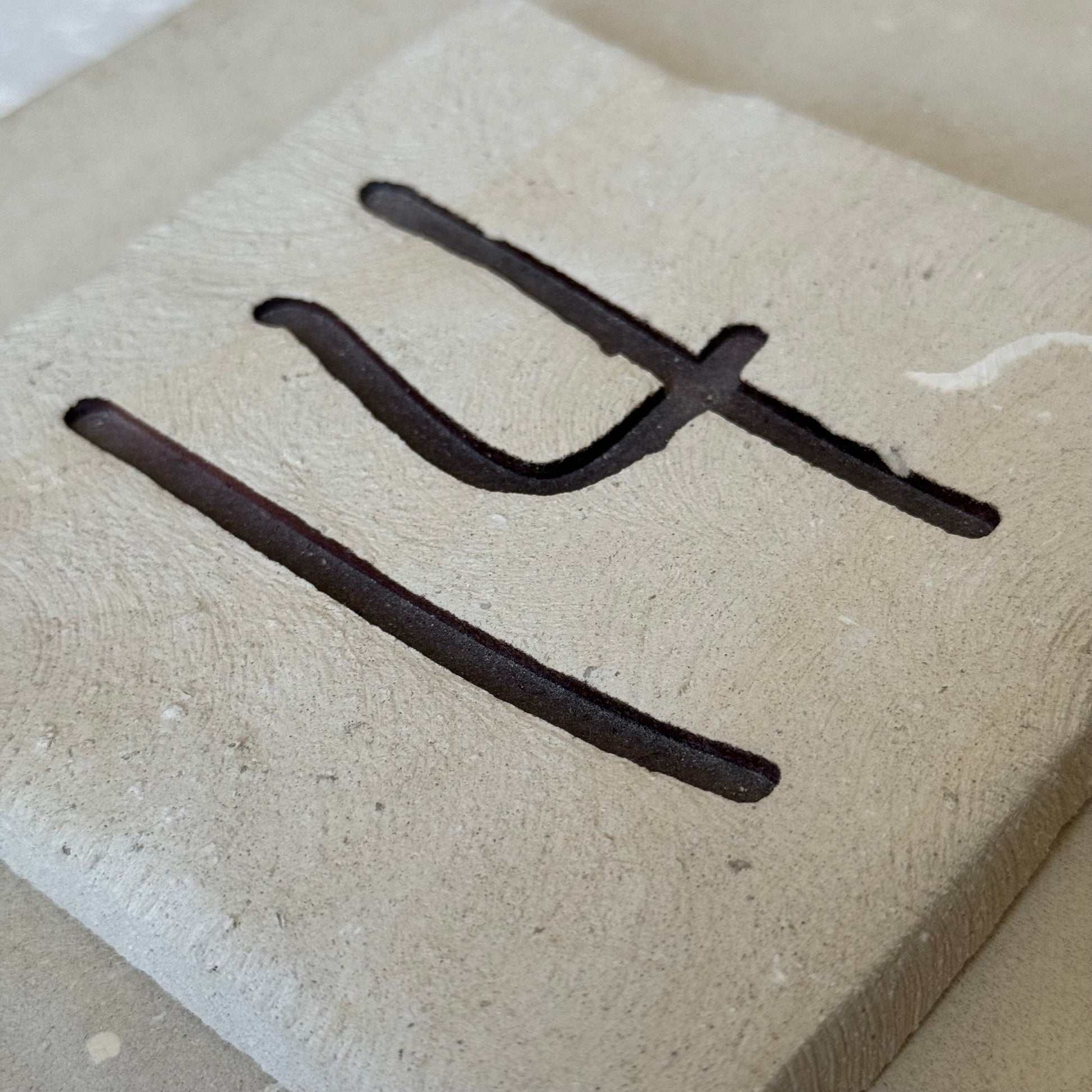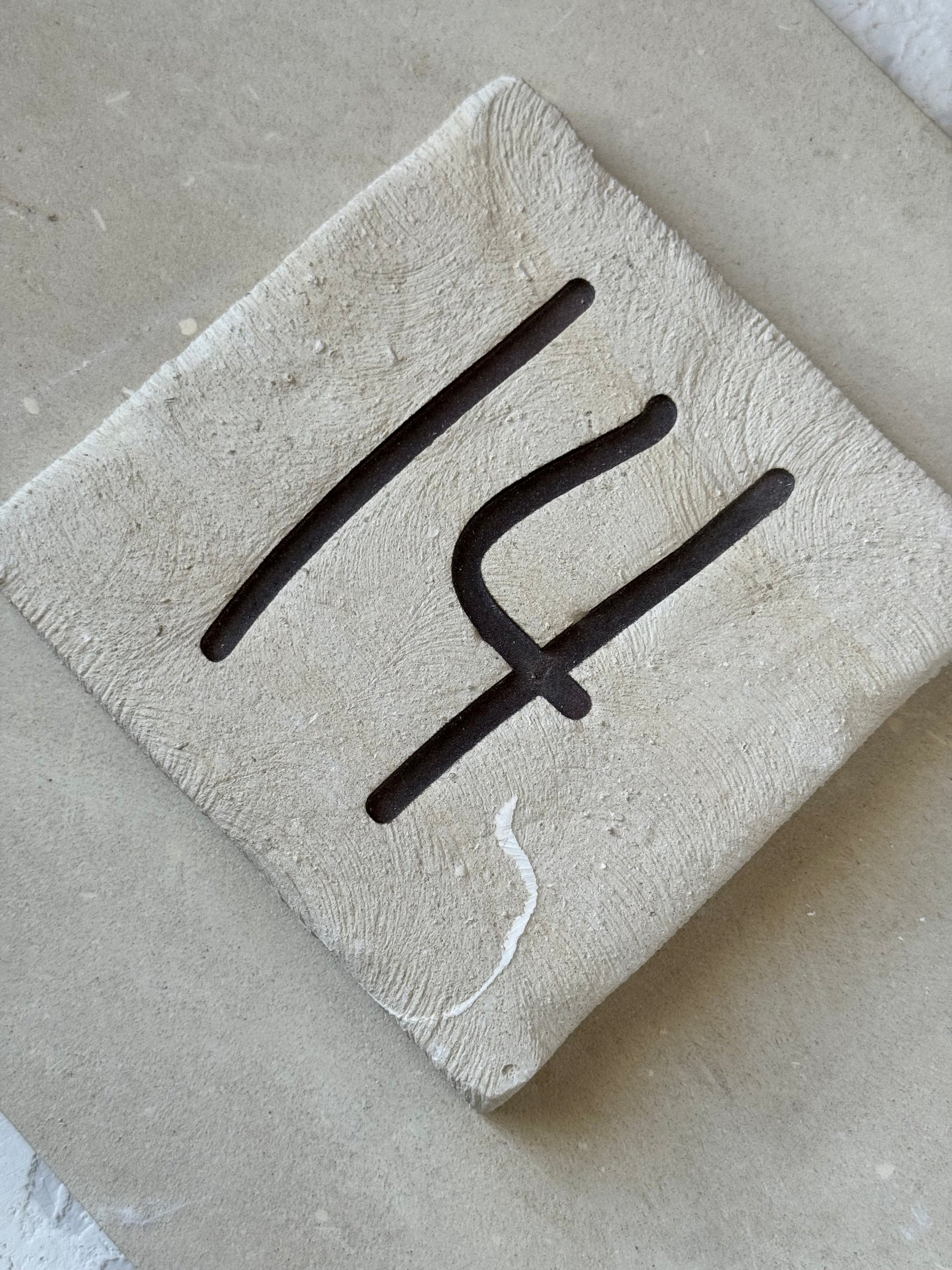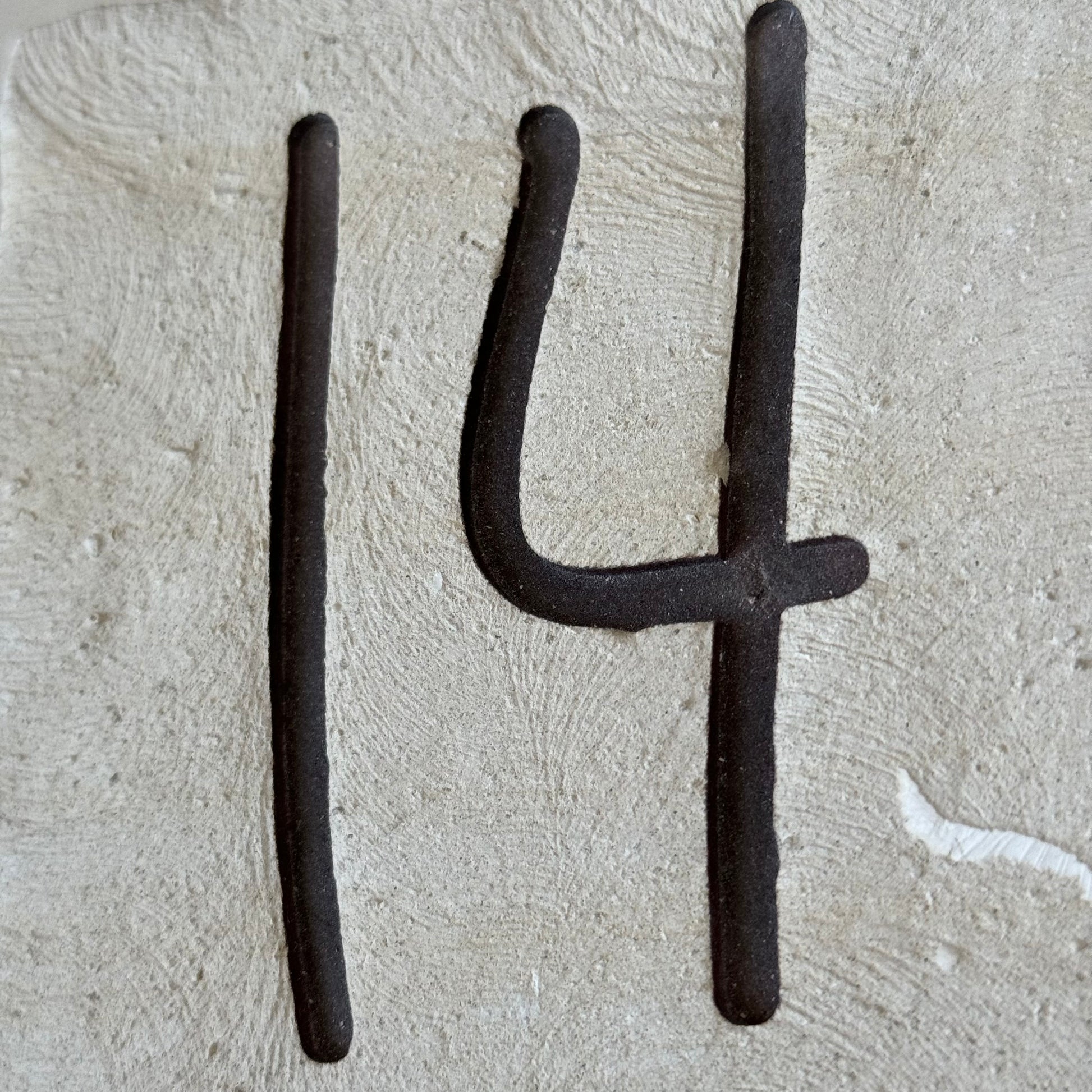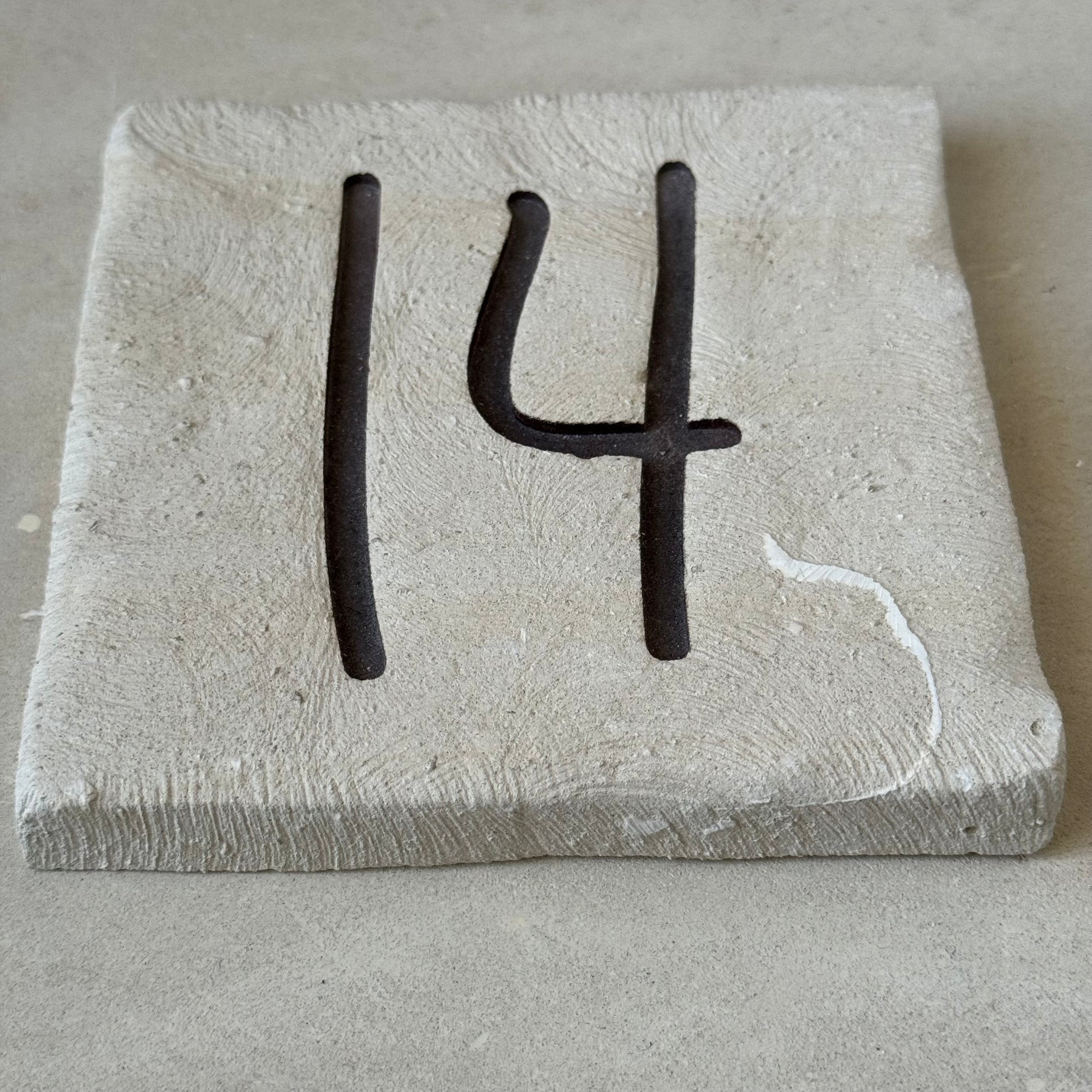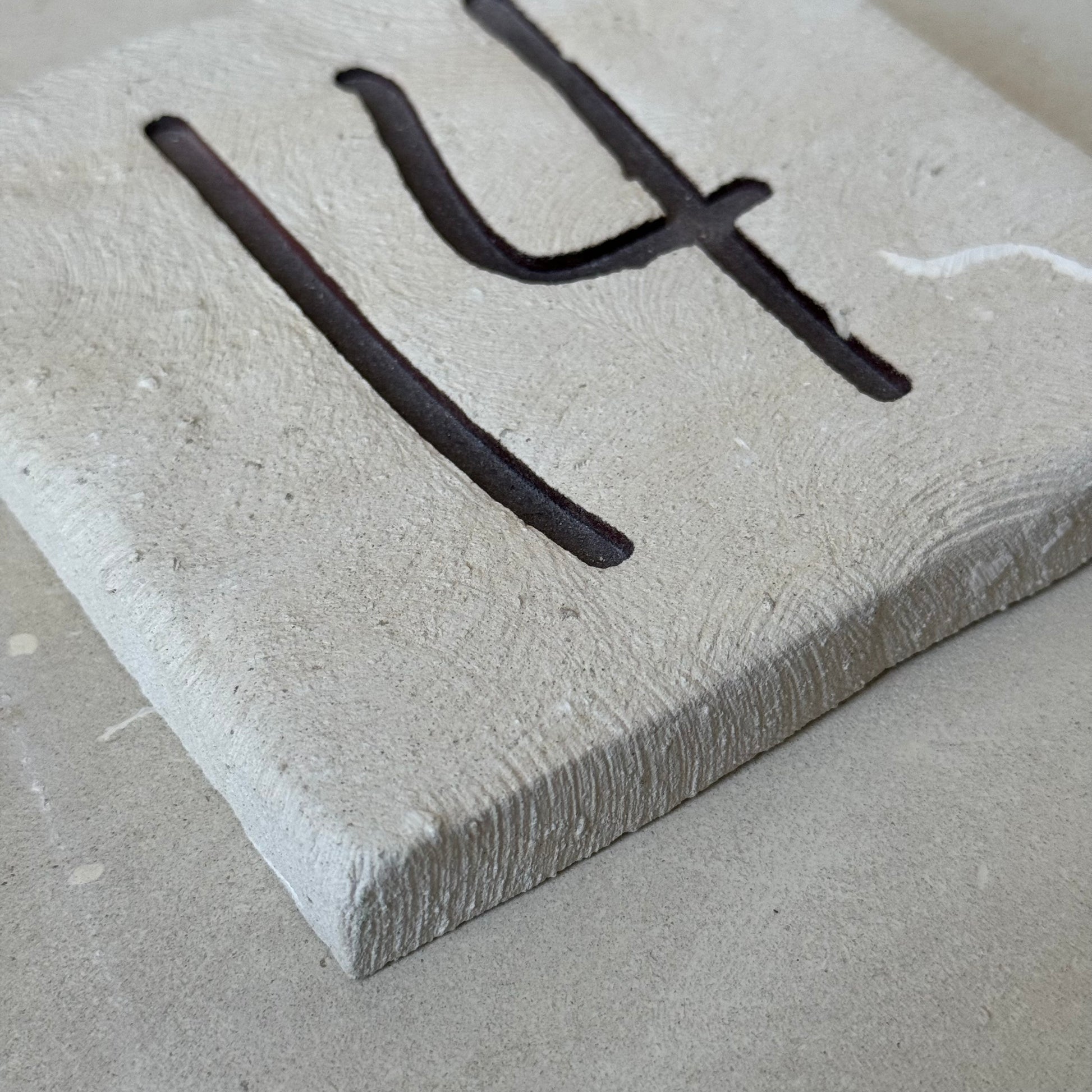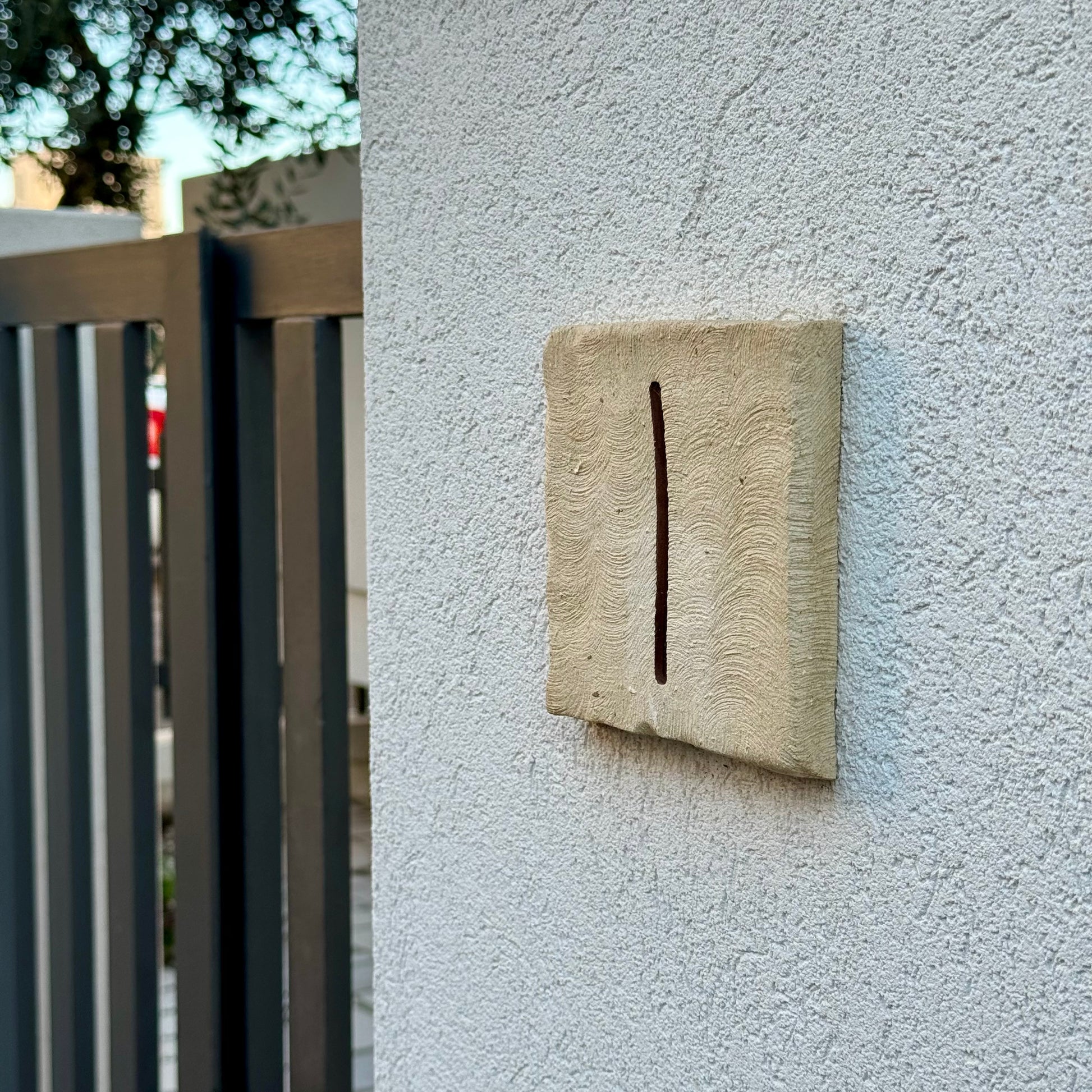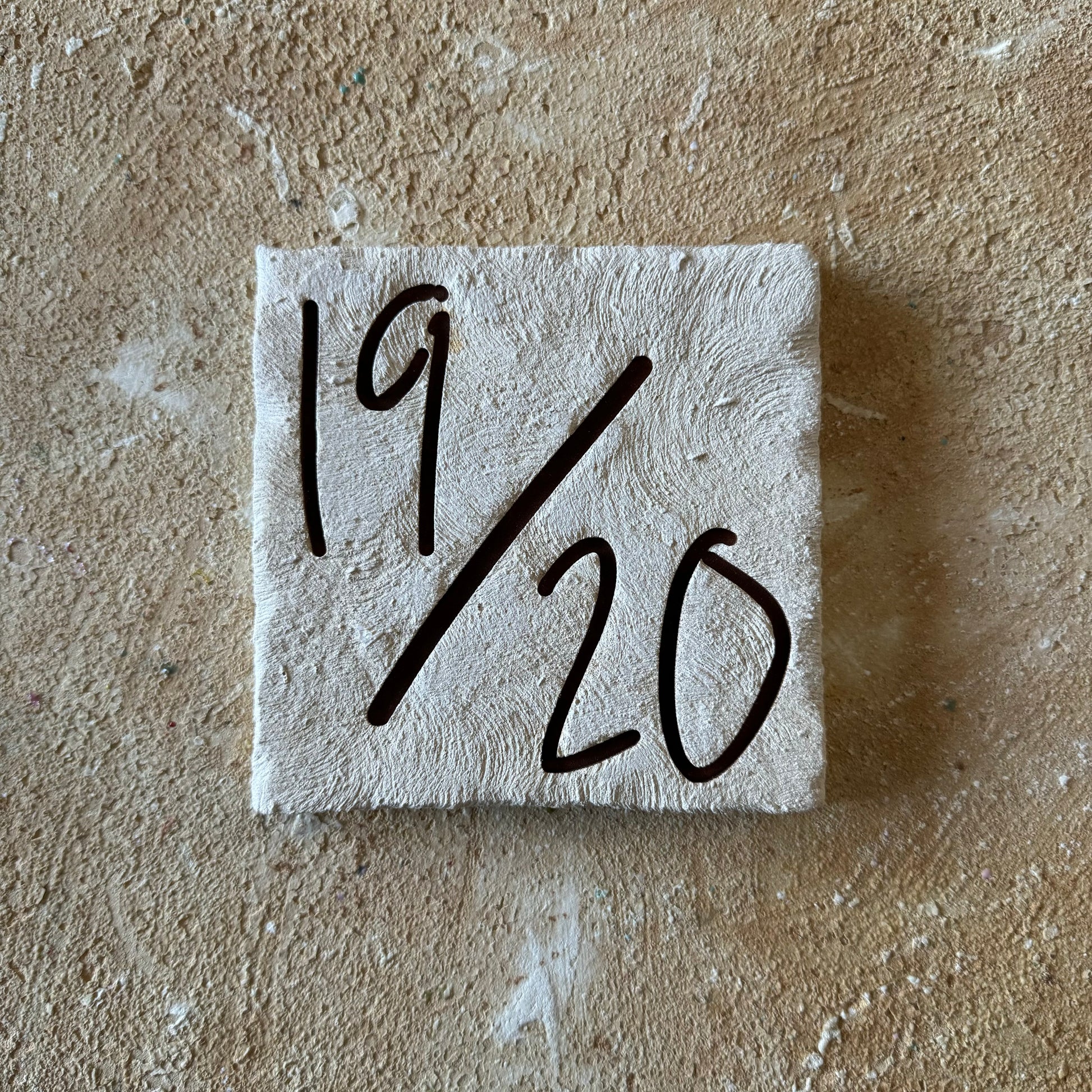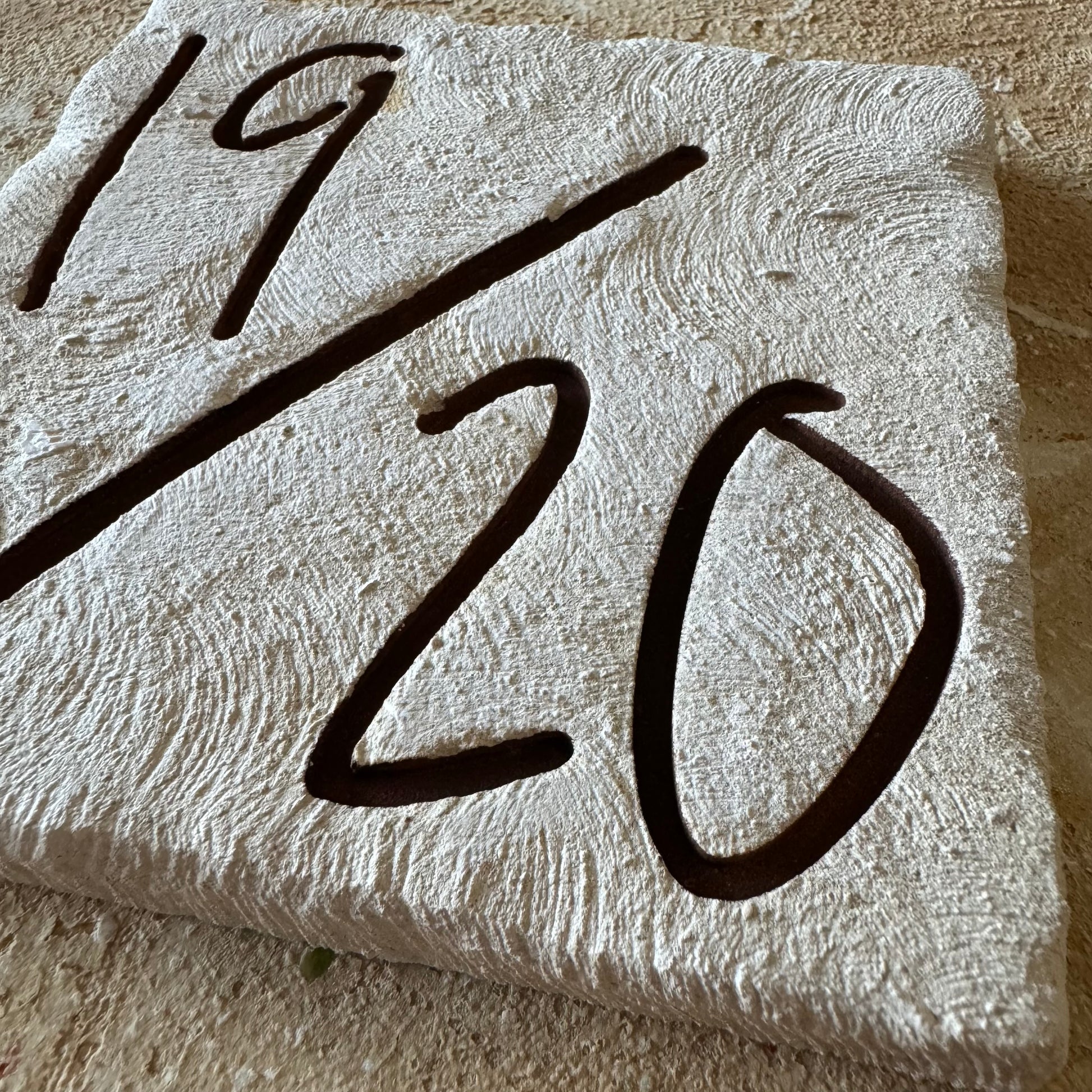1
/
of
10
CRC Artigian Design
Handmade house number in Lecce stone
Handmade house number in Lecce stone
Regular price
$33.25 USD
Regular price
Sale price
$33.25 USD
Unit price
/
per
Taxes included.
Shipping calculated at checkout.
Couldn't load pickup availability
IMPORTANT: when purchasing, please provide your house number.
Lecce stone is distinguished by the presence of fossils, which constitute an authentic certification of Lecce stone , giving a distinctive value to the product and making it unique. Such fossils should not be considered defects or imperfections, but rather a positive distinctive element.
The Lecce stone (in Salento dialect leccisu) is a limestone rock dating back to the Miocene period. It is a rock formation typical of the Salento region, known above all for its malleability and ease of processing.
Lecce stone emerges naturally from the ground and is obtained from underground in enormous open-air caves, up to fifty meters deep and widespread throughout the Salento area, in particular in the municipalities of Lecce. The "Leccese" is obtained in the form of parallelepipeds of various sizes; extraction is simple as it can be engraved with the same ease as wood. The hardness and resistance of the stone, once extracted, increase with the passage of time, and as the stone consolidates it takes on an amber color tone similar to that of honey.
Ranging in color from white to straw yellow, the rock is compact and fine-grained, a difference from the carparo, another similar formation found in the same area; it is a stone that preserves a rich and rich series of fossil remains of marine rather than terrestrial fauna. Used in both the architectural and sculptural fields, Lecce stone owes its particular malleability to the presence of clay, which allows modeling on the lathe and even, with chisels, manually. Appreciated in the artistic field, it has achieved international esteem thanks to the local craftsmanship which over the centuries has produced the complex architecture of Lecce Baroque .
The very nature of the stone is very sensitive to the mechanical action of atmospheric agents, rising humidity from the soil, water stagnation and smog. To make the "Leccese" more resistant to the elements, the master sculptors of the Baroque era used to treat the rock with milk.
The block of Lecce stone is sponged or immersed entirely in the liquid; the lactose, penetrating inside the porosity, created a waterproof layer that preserved the stone until it brought it, almost unchanged, to the present day.
Lecce stone is such a versatile material that it allows our company to transform its creative ideas into reality, such as that of objects.
